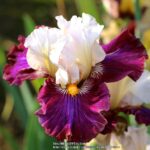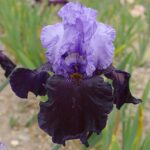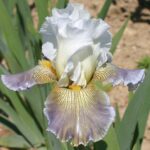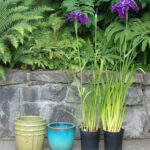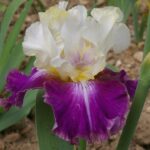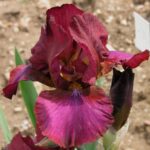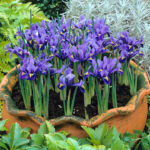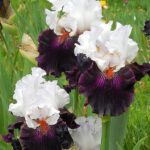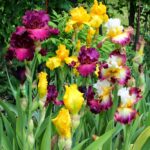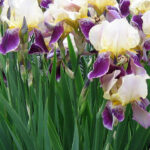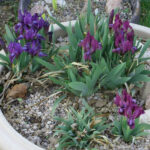The Enchanting World of Iris Flowers
Iris flowers, named after the Greek goddess of the rainbow, are renowned for their stunning beauty, diverse colors, and rich symbolism. With over 300 species, these perennial plants from the Iridaceae family captivate gardeners, botanists, and flower enthusiasts alike. This article explores the various aspects of iris flowers, including their history, types, cultivation, and cultural significance.
A Glimpse into History
The iris has a long and storied history, with evidence of its cultivation dating back to ancient Egypt. Irises were often depicted in the art and hieroglyphs of the time, symbolizing power and majesty. The flower also played a significant role in ancient Greece, where it was believed to be a link between heaven and earth due to its striking beauty and variety of colors. In medieval Europe, the iris was associated with the French monarchy and became the symbol of the fleur-de-lis, representing purity, light, and life.
Types of Iris Flowers
There are three main types of irises, each with unique characteristics:
- Bearded Irises (Iris germanica): These are perhaps the most well-known type, characterized by their “beards,” which are fuzzy, caterpillar-like appendages on the falls (lower petals). Bearded irises are highly diverse in color and form and are popular in gardens for their dramatic blooms.
- Beardless Irises: This group includes several species, such as Siberian irises (Iris sibirica), Japanese irises (Iris ensata), and Louisiana irises (Iris fulva). Beardless irises typically have sleek, elegant flowers without the fuzzy beards of their bearded counterparts. They are often found in wetlands or along water features.
- Crested Irises: These irises have a small ridge or “crest” on their falls instead of a beard. Examples include the dwarf crested iris (Iris cristata) and the roof iris (Iris tectorum). Crested irises are usually smaller and well-suited for woodland gardens or shaded areas.
Cultivation and Care
Iris flowers are relatively easy to grow, making them a favorite among gardeners. Here are some essential tips for cultivating irises:
- Planting: Irises prefer well-drained soil and a sunny location. Bearded irises, in particular, require good air circulation to prevent fungal diseases. Plant rhizomes (horizontal underground stems) just below the soil surface, with the tops exposed to sunlight.
- Watering: While irises need regular watering during their first growing season, they are relatively drought-tolerant once established. Beardless and crested irises, however, may require more moisture, especially during blooming.
- Fertilizing: Apply a balanced fertilizer in early spring and again after blooming to promote healthy growth and vibrant flowers.
- Dividing: To maintain vigor and prevent overcrowding, divide iris clumps every 3-5 years. This is best done in late summer or early fall.
- Pest and Disease Control: Keep an eye out for common pests such as iris borers and aphids. Practicing good garden hygiene, such as removing dead foliage, can help prevent diseases like leaf spot and root rot.
Cultural Significance and Symbolism
The iris flower holds a rich tapestry of meanings across different cultures. In Greek mythology, the iris was a symbol of communication and messages, as Iris was the goddess who linked gods to humanity. In Christian iconography, the iris represents the Virgin Mary and is often associated with purity and protection.
The fleur-de-lis, a stylized iris, became a prominent symbol in French heraldry, representing royalty, sovereignty, and chivalry. The iris also appears in Japanese culture, where it is admired for its beauty and is believed to ward off evil spirits.
In the language of flowers, or floriography, the iris conveys messages of hope, faith, and wisdom. Each color variation carries its own specific meaning: purple for royalty and wisdom, blue for faith and hope, yellow for passion, and white for purity.
Conclusion
Iris flowers, with their breathtaking beauty and diverse forms, have captured human imagination for centuries. Whether gracing a garden with their vibrant colors or symbolizing deep cultural meanings, irises continue to enchant and inspire. Their ease of cultivation and rich historical significance make them a cherished addition to any floral collection.
 Flower Love
Flower Love


